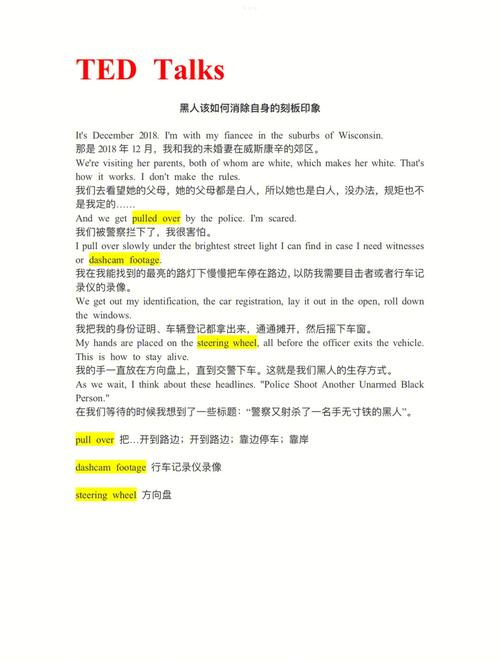Define Tone in Literature
Understanding the tone of a literary work is crucial for appreciating its depth and complexity. Tone refers to the attitude or feeling conveyed by the author through the text. It can be conveyed through the language, characters, and situations depicted in the story. In this article, we will delve into the various dimensions of tone in literature, helping you grasp its significance and how it shapes the reader’s experience.
What is Tone?

Tone is the emotional atmosphere of a literary work. It can be light and cheerful, dark and ominous, or anything in between. It is the author’s way of communicating their feelings about the subject matter, characters, and events. Tone can be formal or informal, serious or humorous, and it can change throughout the course of a story.
For example, consider the opening lines of Jane Austen’s “Pride and Prejudice”: “It is a truth universally acknowledged, that a single man in possession of a good fortune, must be in want of a wife.” The tone here is light and humorous, setting the stage for the story that follows.
Types of Tone

There are several types of tone that can be found in literature. Here are some of the most common ones:
| Type of Tone | Description |
|---|---|
| Humorous | Conveys amusement or laughter, often through the use of irony or sarcasm. |
| Ironical | Expresses the opposite of what is actually meant, often to reveal a hidden truth. |
| Tragic | Evokes a sense of sorrow or despair, often related to the fate of the characters. |
| Optimistic | Conveys hope and a positive outlook on life. |
| Dark | Evokes a sense of fear, dread, or gloom. |
How Tone Influences the Reader

The tone of a literary work can significantly impact the reader’s experience. Here are some ways in which tone influences the reader:
-
Emotional Response: The tone sets the emotional tone for the reader, making them feel a certain way about the characters and events.
-
Understanding the Author’s Intent: The tone can help the reader understand the author’s intentions and the message they are trying to convey.
-
Engagement: A well-crafted tone can engage the reader, making them more invested in the story and its characters.
-
Appreciation: Understanding the tone can enhance the reader’s appreciation of the literary work, allowing them to see its depth and complexity.
Identifying Tone
Identifying the tone of a literary work can be challenging, but there are several techniques you can use:
-
Examine the Language: Look for words and phrases that convey a particular emotion or attitude.
-
Analyze the Characters: Consider how the characters behave and what they say. This can give you clues about the tone.
-
Consider the Setting: The setting can also contribute to the tone of a story.
-
Look for Symbolism: Symbols can often be used to convey a particular tone.
Conclusion
Understanding the tone of a literary work is essential for appreciating its full potential. By analyzing the language, characters, and setting, you can gain insight into the author’s intentions and the emotional atmosphere of the story. Whether it’s humorous, tragic, or dark, tone plays a crucial role in shaping the reader’s experience and deepening their understanding of the text.






